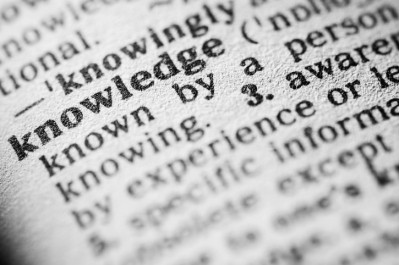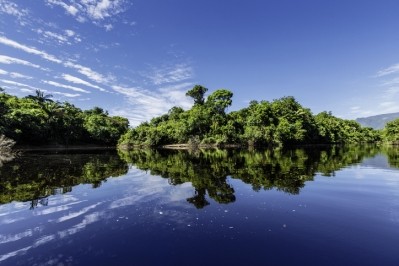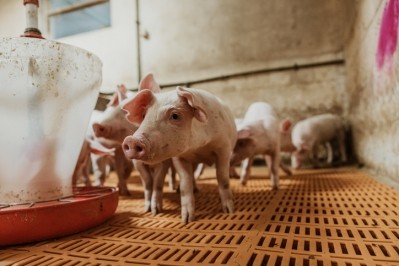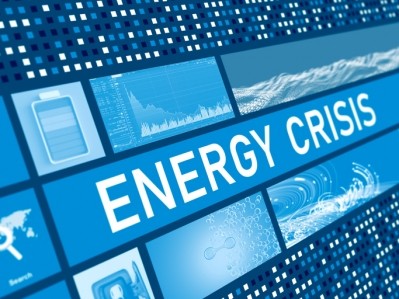Dispatches from VIV Europe 2022
Innovation is key for food and feed autonomy in times of geopolitical crisis, stress EU and Dutch feed industry and farmer leaders
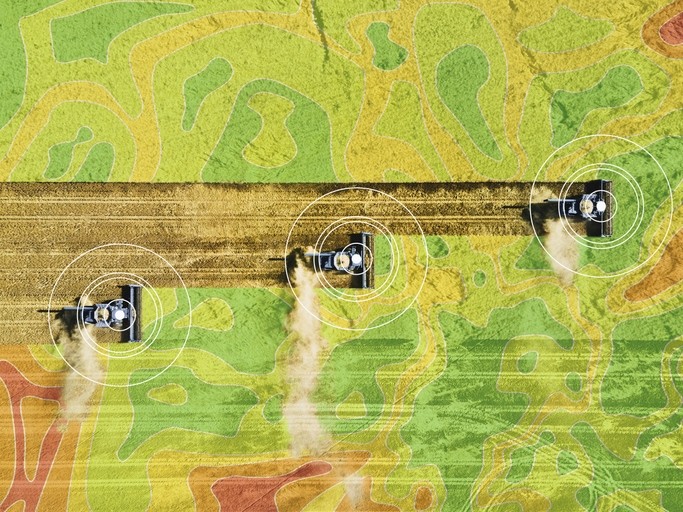
Wolfgang Burtscher, director general, DG AGRI, EU Commission, and Guido Landheer, deputy director general, Dutch farm ministry, spoke about how the feed industry can contribute to EU feed and livestock sector resilience following the Russian invasion of Ukraine, which has undermined the export of essential feed grain and mineral supplies from the Black Sea region since February 24.
Burtscher said the war in Ukraine has brought global food security and the resilience of food systems to the fore.
Countries with pre-existing high levels of food insecurity and heavy reliance on Russian and Ukrainian exports will be the most affected, he said. But he acknowledged the issue of food affordability in Europe and the crisis related to inputs for agriculture production from the availability of fertilizers to high feed costs and spiraling energy prices.
In respect of EU Commission efforts to deal with these issues, he said the first focus was on ensuring a secure income for farmers, particularly livestock producers.
The DG Agri lead stressed that emergency responses need to be aligned with long-term environmental goals. “The Commission has made it clear that there are no alternatives to the sustainability agenda.”
He noted how increasing droughts and the decline of biodiversity are more of a threat to farm outputs and food security in the short and long term than current supply disruption issues.
Burtscher also addressed the ongoing feed v food competition debate in relation to land use, with the bureaucrat highlighting how there is a lack of awareness of the fact that much of the land allocated to feed grain production in the EU cannot actually be utilized for food crops due to its poor quality. He said that finding the right balance in the food v feed relationship will continue to be a priority for the EU executive, and it is an issue that will be explored under the EU protein plan.
Feed based methane-emission reduction approaches are effective, said Burtscher in reference to lowering EU-wide agriculture linked GHG emissions. He insisted that feed stakeholders should strive to have such feeding models taken into account in EU member state’s national strategic plans in terms of funding schemes and incentives aimed at lowering the environmental impact of agriculture.
“I am convinced that livestock farming has a huge role to play in the EU, not least in terms of its contribution to biodiversity, to our landscapes and to our rural areas.”
Weathering the storm while staying fit for the future
Guido Landheer, deputy director general, Dutch farm ministry, in another keynote speech, said it was important to have a long-term vision, even during an emergency.
The theme should be weathering the storm while staying fit for the future, he stressed.
Innovation is key, he said, and that needs to be the focus of all stakeholders in the value chain. He emphasized the value of a circular agriculture approach, and how industry needs to make more use of side streams, with the government spokesperson highlighting the inclusion of processed animal proteins, insects, and other inputs in feed as potentially transformative.
It was also important to leverage food waste in terms of the circular economy, he said.
Landheer added that stability of income for farmers was crucial to long-term agricultural sector resilience with ratification of the CAP this summer critical in that respect.
Asbjørn Børsting, FEFAC president, agreed with some aspects of the two keynote presentations, notably the speakers' insistence on how a focus on research and development and innovation is vital, along with their highlighting the importance of increasing circularity.
The FEFAC lead gave an example of existing EU innovation in terms of producing feed and food proteins from organic grass, clover, and alfalfa as alternatives to imported soy.
Plant breeding
Børsting also talked about the potential productivity benefits arising out of the use of new plant breeding techniques. He said that there would seem to be growing public acceptance of such technologies, and he encouraged the Commission to work to secure the deregulation of these novel crop breeding methods.
Henk Flipsen, director of Nevedi, said the Dutch feed industry needs to take full responsibility for feed related issues. The sharing of information about animal nutrition with all the chain partners from farmers to government ministers was a strategy that could boost circularity, but that data needs to be robust and science-based.
The industry also needs a definition of sustainable feed for measurement purposes, while joint chain initiatives with the dairy sector, with the poultry sector, and with NGOs and other organizations will continue to be essential to identify obstacles to sustainability goals and the ways to tackle them together, he stressed.
Calculating feed emissions
Nick Major, chair of the Global Feed LCA Institute (GFLI), also commented on the role the feed industry can a play in terms of the shift to a low carbon, net zero economy, but it is important to see that in context.
Feed, he said, is responsible for about 50% of the emissions of animal production. "Actually, when it is broiler production, it is 80%, a bit less for swine and half that for ruminants. So when you see all the net zero commitments that are made by value chain partners or indeed policymakers about animal protein, it is pretty difficult to achieve those without the full involvement and contribution of the feed industry. So we have always felt an obligation [around that]. But, with that obligation, we also have the means, because of the role we play, to help farmers to make the transition to a low carbon economy."
He said there have been a number of tools developed, over the past decade, to calculate the emissions of producing feed for farm animals along with the datasets to be able to do that.
Feed for food producing animals was one of the pilot sectors for the PEFCR, with that process effectively generating the agreed rulebook at the technical and political level within the EU for how to calculate the emissions of one ton of feed delivered to the farm-gate. "That rulebook helps feed producers to know what data to use and what data not to use."
The challenge is when an environmental footprint calculation is carried out on feed delivered to a farm, it shows that over 90% of emissions are in the raw materials used, said Major. "In terms of what we do as feed producers, manufacturing and delivery to the farm, the related emissions are around 9-10% of that one ton of feed."
So how can feed companies calculate the emissions generated by feed raw materials, the seeds, the fertilizers used, as well as the energy involved in the processing, drying and harvesting of those raw materials? "Well, that is why we created the GFLI database. GFLI is a feed industry owned, non-profit organization that has published a reference database of the emissions of a wide-range of commonly used feed materials."
It is freely available, continued Major. It can be downloaded in different formats via the website, he added.
Given the role the industry can play in helping farmers shift to net zero, he urged feed makers to start using the GFLI and the PEF, for companies to begin calculating their environmental footprint. "It is not that difficult once you make a start. Find out where your hot spots are and get ahead of the curve."
